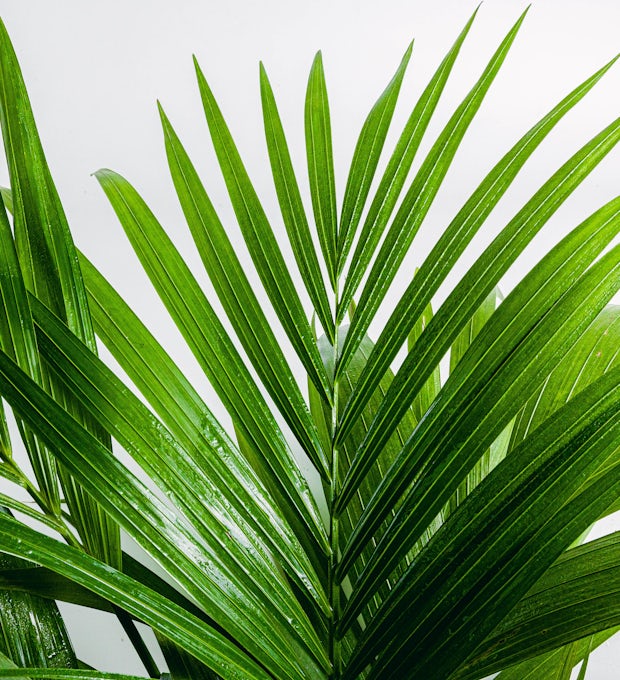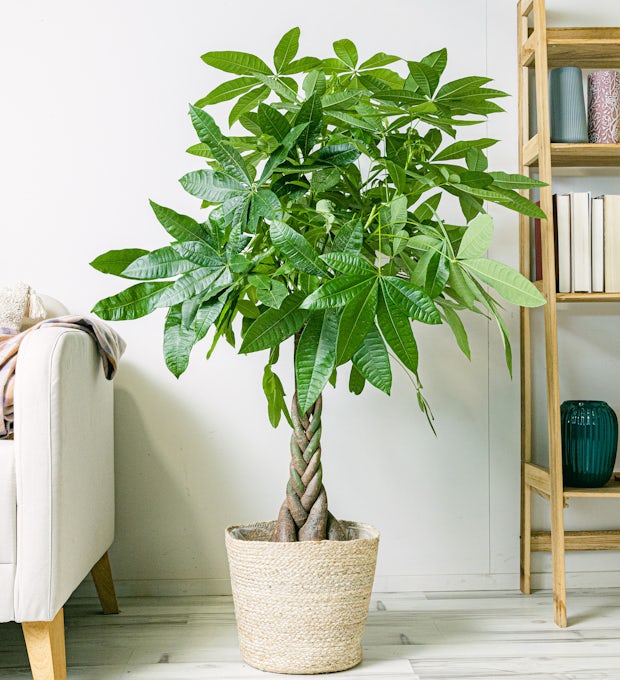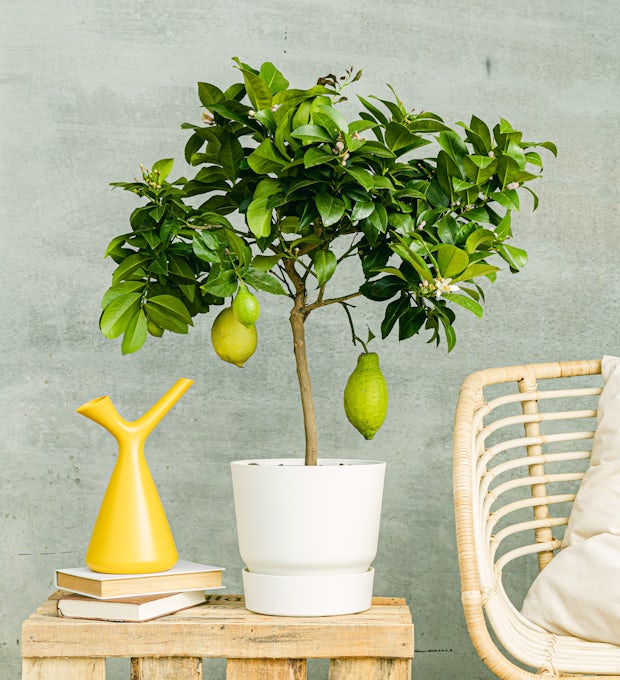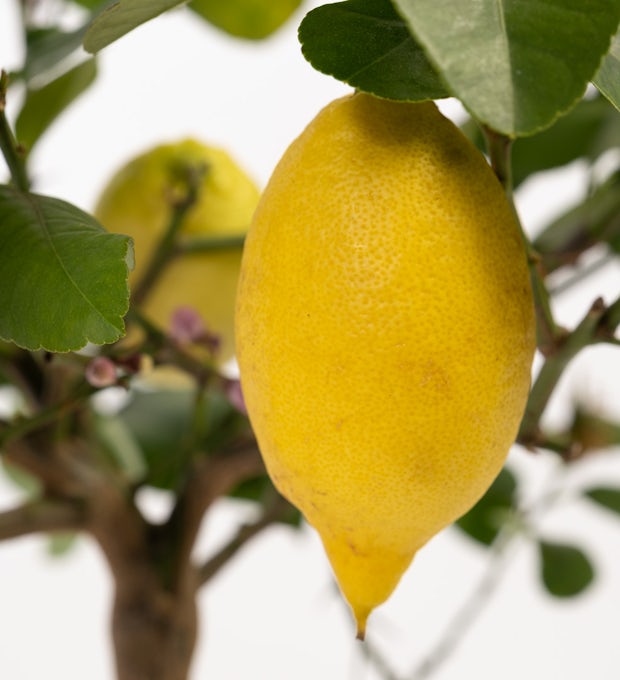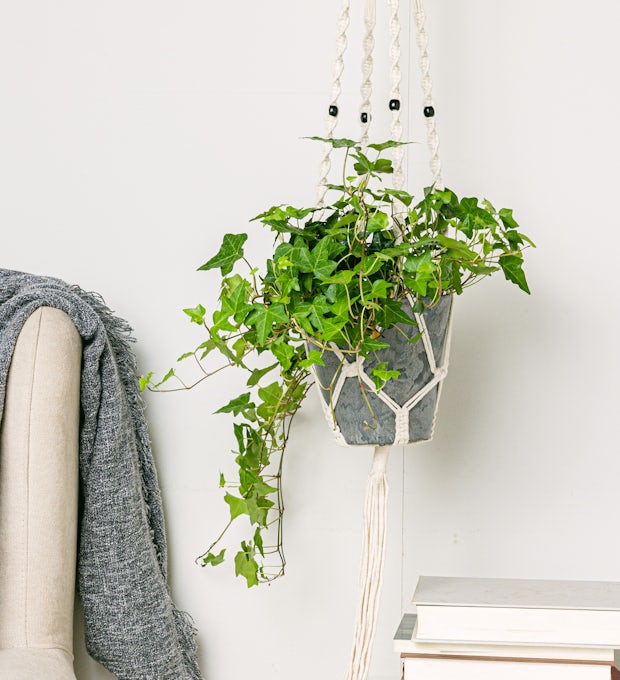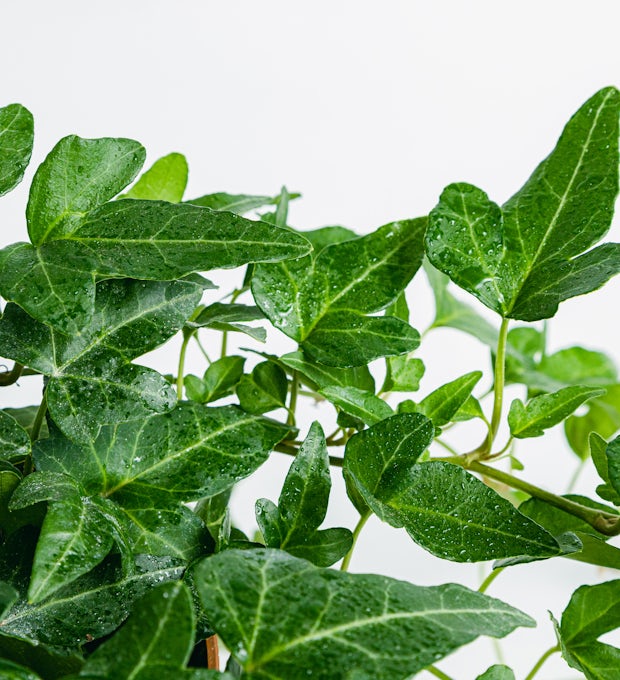Did you know that proper watering can be the key to making your Pachira plant look spectacular? In this article, we'll reveal the secrets to achieving perfect watering and keeping your plant happy and healthy. Find out how much water it really needs, the best time to water it, and how to avoid overwatering. In addition, we will give you tips on the ideal type of water and the importance of ambient humidity. You will also learn tricks and techniques to check if your pachira plant needs to be watered. Get ready to become an expert in caring for this beautiful plant!
The Importance of Proper Watering for Your Pachira Plant
Proper watering is essential to keep your pachira plant in perfect condition. There is nothing sadder than seeing a plant withered and lifeless due to lack of water. Regular Watering and in the right amount is essential for your pachira to grow healthy and beautiful. In addition to providing the necessary nutrients, water also helps maintain the proper temperature of the plant and transport minerals from the roots to the leaves. Without proper watering, the leaves can turn yellow, dry out, and fall off, negatively affecting the overall appearance of the plant. That's why it's important to keep an eye on your pachira's water needs and make sure you water it regularly, avoiding both over- and underwatering. See how your plant reacts to watering and adjust the frequency as needed. Remember that every plant is different and may have unique water requirements. Pay attention to the signs your plant is giving you, such as the appearance of the leaves or the color of the substrate, to determine if it needs to be watered. Don't underestimate the importance of proper watering for the well-being of your pachira plant, give it the love and care it deserves!
How much water does your pachira plant really need?
Your pachira plant needs water, that's undeniable. But how much water do you really need? This is a question that many plant owners ask themselves, and the answer can vary. The amount of water your pachira plant needs depends on several factors, such as the size of the plant, the type of soil in which it is planted, and environmental conditions. In general, it's important to make sure the soil is slightly moist at all times, but not completely soggy. Too much water can be harmful to your plant's roots and lead to rot. To determine when to water your pachira plant, you can check the soil moisture by sticking your finger into the soil. If you feel like it's dry to about an inch deep, then it's time to water it. However, if the soil is still wet, it's best to wait a little longer before watering again. Remember that every plant is unique and may have different water needs, so watch your pachira plant closely and adjust to its individual needs. With a little attention and care, you'll be able to provide your pachira plant with the right amount of water to grow strong and healthy.
We ship plants to all locations, you can see more options here.
The Best Time to Water Your Pachira Plant
The best time to water your pachira plant is in the early morning or afternoon, when the sun is not at its highest. At these times of the day, the temperature is cooler and there is less evaporation, allowing water to properly penetrate the soil and reach the plant's roots. In addition, watering at these times prevents the leaves from burning due to direct sun.
It's important to remember that each plant has its own watering needs, so it's critical to watch how your pachira plant behaves. If the leaves are droopy or wilted, it's a clear sign that it needs water. However, if the leaves are yellow or have brown spots, it may be an indication of overwatering.
In addition to the right time to water, you should also consider the amount of water you give your pachira plant. It's best to water it gradually and make sure the water reaches the roots without waterlogging the soil. A good trick is to stick your finger into the soil to check the humidity: if you feel like it's halfway dry, it's time to water.
Remember that proper watering is essential to keep your pachira plant healthy and beautiful. So pay attention to the signs it gives you and establish a watering routine according to its needs. You'll see your pachira plant bloom and grow in all its glory!
We ship plants to all locations, you can see more options here.
Tips to avoid overwatering and Root Rot
Overwatering and root rot are common problems that can affect your pachira plant. To avoid them, here are some practical tips. First, make sure you don't overwater. It is important to allow the soil to dry out between waterings to prevent water stagnation at the roots. See if the top layer of the substrate is dry before watering again. Additionally, it is essential to use pots with good drainage to allow water to flow freely. Another useful trick is to check the condition of the roots. If you notice an unpleasant odor or soft, dark roots when you touch them, rot is likely to occur. In this case, you should remove the affected roots and replant the plant in a new pot with fresh, well-drained soil. Also remember to avoid using cold or chlorinated water, as it can damage the roots. Instead, opt for water that is at room temperature and preferably filtered or chlorine-free. By following these simple but effective tips, you will be able to keep your pachira plant healthy and beautiful, avoiding problems of overwatering and root rot.
How to choose the ideal type of water for your pachira plant
When it comes to watering your pachira plant, choosing the right type of water is critical to its healthy growth. Although it may seem simple, the water you use can have a significant impact on the health of your plant. Ideally, you should use filtered water or rainwater instead of tap water, as the latter often contains chlorine and other chemicals that can damage the plant's roots. By choosing the right water, you're providing your plant with the nutrients it needs for optimal development. Also, remember that the temperature of the water is also important. avoid watering your pachira with cold water straight from the tap, as this can cause thermal shock to the roots and affect its health. Instead, let the water sit for a few hours before using it, or use room temperature water. Remember that your pachira plant deserves the best, so pay attention to detail and give it the care it deserves. Your effort will be rewarded with lush, healthy growth of your beautiful pachira plant.
The Importance of ambient humidity for the Healthy Growth of Your Pachira Plant
Ambient humidity plays a key role in the healthy growth of your pachira plant. This tropical species needs a moist environment to thrive and develop properly. When the air is dry, pachira leaves tend to dry out and wilt, which can negatively affect their appearance and overall health. To ensure adequate humidity, you can place the plant near water sources, such as a humidifier or decorative water feature. It is also advisable to spray the leaves with water regularly to keep them fresh and prevent them from drying out. If you live in a dry climate, consider grouping several plants together to increase the humidity around them. Also, keep in mind that the location of your plant can also influence the ambient humidity. Avoid placing it near drafts or heaters that can dry out the environment. Remember that proper humidity will not only help keep your pachira plant healthy and vibrant, but it will also contribute to creating a more comfortable environment in your home. Don't forget to pamper your plant with the love and care it deserves!
Tricks and techniques to check if your pachira plant needs to be watered
To find out if your pachira plant needs to be watered, there are a few tricks and techniques you can use. First, you can check the soil in the pot. If it's dry to the touch, your plant probably needs water. However, if the soil is moist, it's best to wait a little longer before watering. Another trick is to look at the leaves of the plant. If they are droopy or wilted, this may be an indication that they need water. Conversely, if the leaves are firm and green, the plant is likely to be well hydrated. You can also use the chopstick technique. Insert a toothpick into the soil of the pot and remove it after a few minutes. If it comes out clean and dry, it's time to water your plant. Finally, pay attention to the weight of the pot. If it feels light, the plant will likely need water. These tricks and techniques will help you determine when it's the right time to water your pachira plant and avoid both overwatering and underwatering. Remember that every plant is different, so it's important to observe it and learn how to interpret its needs. With these tips, you'll achieve a perfect watering for your pachira plant!
So there you have it, the secrets to perfect watering of your pachira plant. Now you know how much water it really needs, when is the best time to water it, and how to avoid overwatering. You also know the importance of choosing the right type of water and maintaining ambient humidity for healthy growth. In addition, you have learned some tricks and techniques to check if your pachira plant needs to be watered. I hope you find this information useful and that you can apply it to take better care of your plants! Remember that every plant is unique and may have different needs, so observe and listen to your plant to understand it better. And if you're passionate about the world of gardening, don't hesitate to keep researching and discovering more about the wonders of plants. Keep cultivating your curiosity!

